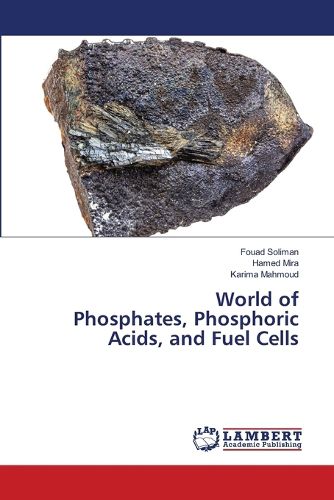Readings Newsletter
Become a Readings Member to make your shopping experience even easier.
Sign in or sign up for free!
You’re not far away from qualifying for FREE standard shipping within Australia
You’ve qualified for FREE standard shipping within Australia
The cart is loading…






Living organisms require phosphorus, a vital component of DNA, RNA, ATP, etc., for their proper functioning. Plants assimilate phosphorus as phosphate and incorporate it into organic compounds and in animals, phosphorus is a key component of bones, teeth, etc. On the land, phosphorus gradually becomes less available to plants over thousands of years, since it is slowly lost in runoff. Low concentration of phosphorus in soils reduces plant growth and slows soil microbial growth, as shown in studies of soil microbial biomass. Soil microorganisms act as both sinks and sources of available phosphorus in the biogeochemical cycle. Short-term transformation of phosphorus is chemical, biological, or microbiological. In the long-term global cycle, however, the major transfer is driven by tectonic movement over geologic time.
$9.00 standard shipping within Australia
FREE standard shipping within Australia for orders over $100.00
Express & International shipping calculated at checkout
Living organisms require phosphorus, a vital component of DNA, RNA, ATP, etc., for their proper functioning. Plants assimilate phosphorus as phosphate and incorporate it into organic compounds and in animals, phosphorus is a key component of bones, teeth, etc. On the land, phosphorus gradually becomes less available to plants over thousands of years, since it is slowly lost in runoff. Low concentration of phosphorus in soils reduces plant growth and slows soil microbial growth, as shown in studies of soil microbial biomass. Soil microorganisms act as both sinks and sources of available phosphorus in the biogeochemical cycle. Short-term transformation of phosphorus is chemical, biological, or microbiological. In the long-term global cycle, however, the major transfer is driven by tectonic movement over geologic time.